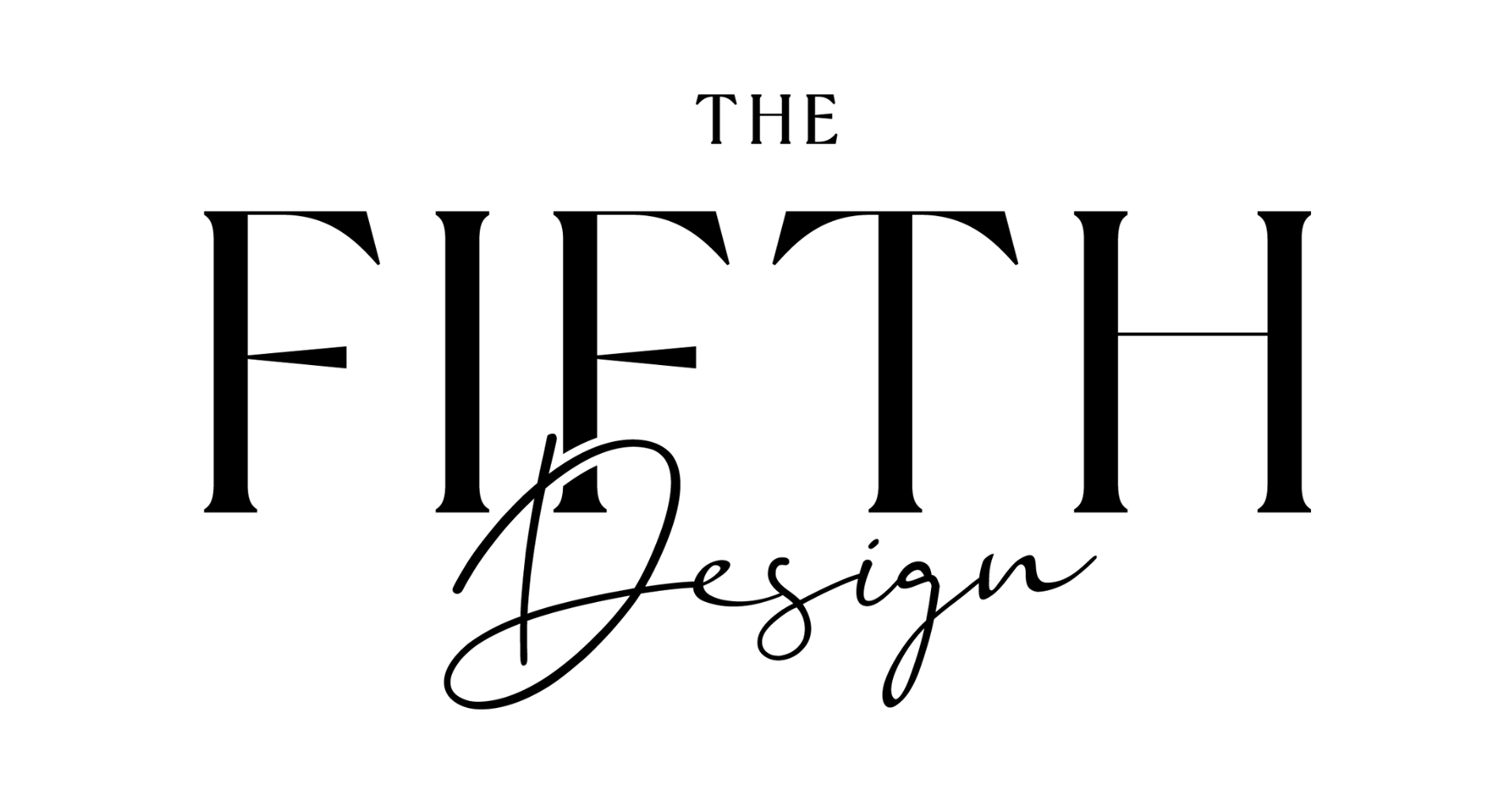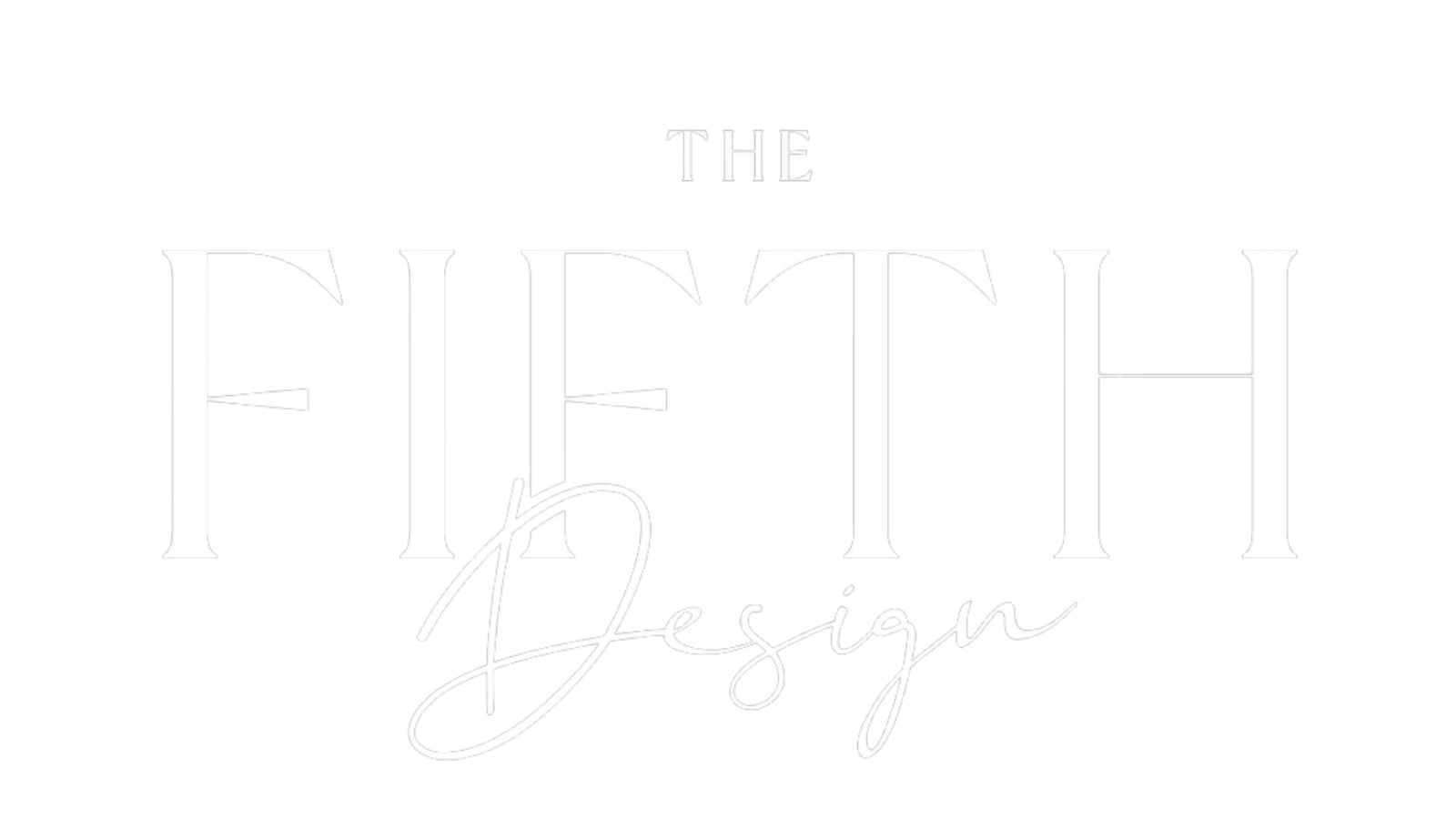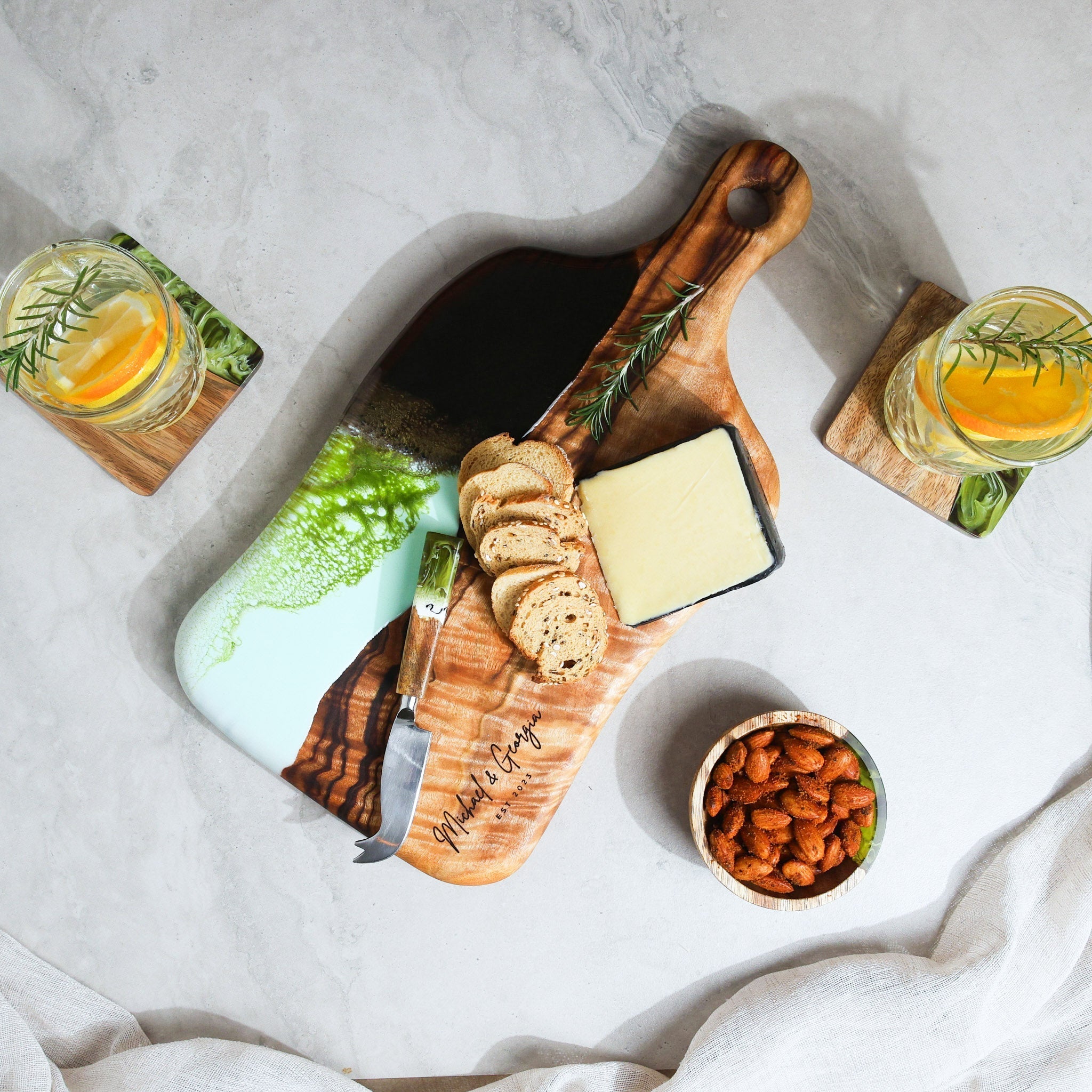There's a particular magic that happens when a gift transcends its original moment and becomes something deeper—a keeper of stories, a witness to family history, a bridge between generations. In our Sunshine Coast studio, we've witnessed this transformation countless times: a handcrafted resin board given for a wedding anniversary becomes the centerpiece of decades of family gatherings. A simple cheese board evolves into the heart of holiday traditions. A thoughtful gift transforms into a treasured heirloom.
But what separates the gifts that endure from those that fade into storage boxes or donation piles? After six years of creating pieces that have found their way into families around the world, we've identified the subtle alchemy that transforms everyday objects into generational treasures.
The Invisible Architecture of Memory
Sarah from Brisbane recently shared a story that perfectly captures this transformation. The handcrafted Camphor Laurel and ocean resin board her daughter gave her for Mother's Day 2019 has become what she calls "the family gathering point." Every Sunday lunch, every birthday celebration, every holiday feast begins with that board laden with cheeses, fruits, and stories.
"My grandchildren don't just see a cheese board," Sarah told us during a recent studio visit. "They see the place where Nana arranges their favourite treats, where important family announcements happen, where we always gather before the main meal. It's become part of our family DNA."
This evolution from gift to heirloom doesn't happen by accident. It requires what we call "embedded intentionality", objects that are designed and chosen with future generations in mind. The question isn't just "Will they like this gift?" but "Will their children's children understand why this mattered?"
The most successful heirloom gifts share three fundamental qualities: they tell a story, they improve with age, and they create opportunities for ritual. Mass-produced items rarely achieve this trifecta because they lack the narrative richness and material authenticity that support generational attachment.

The Heirloom Mindset: Quality Over Quantity
In our throwaway culture, the very concept of heirloom gifts represents a radical shift in thinking. We're conditioned to expect objects to be replaceable, upgradeable, disposable. But heirloom gifts operate on completely different principles—they're chosen for their ability to transcend trends, withstand decades of use, and accumulate meaning over time.
Marcus, a third-generation furniture maker from the Gold Coast, recently commissioned a custom resin and timber serving board for his daughter's 21st birthday. "I wanted to give her something that would still be beautiful when she's my age," he explained. "Something she could pass down to her own children someday."
This heirloom mindset requires a fundamental shift from price-based decision making to value-based investment thinking. The question changes from "How much does it cost?" to "How much will it mean?" The focus shifts from immediate gratification to long-term significance.
Quality becomes paramount not just in materials and construction, but in emotional resonance. The best heirloom gifts create what psychologists call "positive memory anchors"—objects that consistently trigger happy recollections and strengthen family bonds. Every time the gift is used, it reinforces the love and thoughtfulness behind the original giving.
The Science of Sentimental Value
Dr. Jennifer Walsh from James Cook University has spent years studying why certain objects become emotionally significant while others remain merely functional. Her research reveals that heirloom potential depends on several key factors that gift-givers can deliberately cultivate.
"Objects become heirlooms when they successfully encode personal and family narratives," Dr. Walsh explains. "This happens most effectively when the object is unique, when it's regularly used in meaningful contexts, and when its creation story is known and valued."
This encoding process explains why handcrafted items have such strong heirloom potential. Unlike mass-produced objects that carry no individual story, handmade pieces arrive already embedded with narrative—the story of their creation, the craftsperson's hands, the materials' origins. This existing narrative provides a foundation for the family stories that will layer on top.
The physical evidence of human creation also triggers what researchers call "empathy amplification." When people can see tool marks, feel slight irregularities, or observe unique characteristics, they form stronger emotional connections. These connections deepen over time, creating the emotional investment necessary for generational preservation.
Choosing Materials That Age Gracefully
Not all materials are created equal when it comes to heirloom potential. The most successful generational pieces are made from materials that improve rather than deteriorate with age and use. This is why we choose Camphor Laurel for our timber elements—it develops a beautiful patina over decades of use, becoming more characterful and valuable with age.
Similarly, high-quality resin maintains its clarity and depth indefinitely when properly cared for. Unlike painted or laminated surfaces that chip and fade, the colors and patterns in our resin work are integral to the material itself. They can't wear off because they're built into the very structure of the piece.
The combination of natural timber and artisanal resin creates what we call "graceful aging"—the piece becomes more beautiful over time rather than showing wear as deterioration. Knife marks on the timber add character. The subtle smoothing of edges from regular handling creates a personalized fit. The piece literally adapts to its family's use patterns while maintaining its structural integrity and aesthetic appeal.
This graceful aging process is crucial for heirloom status because it means each generation doesn't just inherit an object—they inherit a record of the family's history with that object. The wear patterns tell stories. The patina captures decades of shared meals. The piece becomes a tangible link to family members who are no longer physically present.
The Ritual Connection: How Traditions Form
Perhaps the most mysterious aspect of heirloom transformation is how certain objects become central to family rituals while others remain peripheral. Lisa from Melbourne shared a perfect example of this phenomenon.
"When my son was small, we used the resin board his grandmother gave us only for special occasions," she recalls. "But somehow, over the years, it became our daily breakfast board. Now my teenagers automatically reach for it every morning. They don't even think about it—it's just what we do."
This evolution from special occasion to daily ritual is a hallmark of successful heirloom gifts. The object becomes so integrated into family life that its absence would be noticed and mourned. It shifts from being something the family owns to being something that defines how the family operates.
Ritual formation happens most naturally with objects that are beautiful enough for special occasions but durable enough for everyday use. This dual nature encourages regular interaction while maintaining reverence—a delicate balance that many gifts fail to achieve.
The key is what anthropologists call "ritual affordance"—design elements that naturally encourage ceremonial use. The generous size of a well-designed cheese board invites abundance and sharing. The natural beauty of timber and resin elevates everyday foods into small celebrations. The substantial weight suggests importance and permanence.
Stories That Stick: The Narrative Element
Every successful heirloom carries stories—not just the story of its creation, but the accumulated stories of its use. These narratives are what transform functional objects into family treasures. The most heirloom-worthy gifts arrive with compelling origin stories and create opportunities for new stories to develop.
When we engrave a piece with a meaningful date, quote, or message, we're not just personalizing it—we're providing narrative starting points that will resonate across generations. A wedding date becomes a reminder of enduring love. A family motto becomes a touchstone for values. A simple "Love, Grandma" becomes a voice that continues speaking long after the giver is gone.
But the most powerful stories are often the unexpected ones that develop through use. The board that saved Thanksgiving dinner when the original serving pieces broke. The coasters that traveled to three different homes as the family moved. The cutting board that became Dad's exclusive domain for his famous weekend pancakes.
These use stories become family folklore, passed down with the object itself. "This is the board where your great-grandmother taught me to arrange a proper antipasto platter." "These coasters went with your parents on their first overseas move." "This is where we always gathered for important family discussions."
The Economics of Forever
One of the biggest misconceptions about heirloom gifts is that they must be expensive to be valuable. In reality, heirloom potential has much more to do with emotional investment than financial investment. Some of the most treasured family objects cost very little when they were originally purchased.
However, there is an economic argument for choosing heirloom-quality gifts. When you calculate cost-per-use over decades of service, high-quality handcrafted pieces often prove more economical than repeatedly replacing cheaper alternatives. More importantly, they provide value that can't be measured in dollars—the value of connection, tradition, and continuity.
The heirloom approach also represents a form of environmental responsibility. By choosing objects designed to last generations rather than seasons, we reduce consumption and waste. We invest in craftsmanship over convenience, in permanence over disposability.
This shift in thinking challenges our culture's emphasis on constant novelty and upgrade cycles. Heirloom gifts say, "This is good enough to keep forever," which is a profoundly counter-cultural message in our age of planned obsolescence.
Avoiding the Heirloom Trap
Not every gift should aspire to heirloom status. Sometimes a simple, temporary pleasure is exactly what's needed. The key is intentional choice—deliberately deciding when you want to give something that will endure versus something that will simply delight in the moment.
The "heirloom trap" occurs when gift-givers choose objects they think should become heirlooms rather than objects that naturally will. True heirloom potential can't be forced—it emerges from authentic connection between object, giver, recipient, and family culture.
This is why understanding the recipient's lifestyle, values, and aesthetic preferences is so crucial. An heirloom gift must align with how the family actually lives, not how we think they should live. A formal serving piece won't become an heirloom in a casual household, no matter how beautiful or expensive it is.
The most successful heirloom gifts feel inevitable in hindsight—"Of course this became a family treasure"—but surprising in the moment. They exceed expectations not through extravagance but through relevance and resonance.
What makes some handcrafted gifts become heirlooms while others don't?
Heirloom transformation depends on three key factors: regular use in meaningful contexts, materials that age gracefully, and strong narrative connections. Gifts that become heirlooms are typically used weekly or daily, made from natural materials that improve with age, and carry compelling stories about their creation or significance. They also tend to be the right size and style for the family's actual lifestyle rather than their aspirational one.
How can I tell if a gift has heirloom potential before purchasing?
Look for handcrafted pieces made from natural materials by known artisans, with construction quality that will withstand decades of use. The piece should be beautiful enough for special occasions but durable enough for regular use. Consider whether it fits the recipient's actual lifestyle and whether it creates opportunities for family gathering or ritual. Most importantly, ask yourself if you can imagine the piece still being treasured and used in 30 years.
Should heirloom gifts always be expensive?
Price doesn't determine heirloom potential—emotional significance does. Some of the most treasured family objects cost very little originally. However, quality construction and materials do matter for longevity. The key is investing in pieces that will withstand regular use for decades. Consider cost-per-use over the item's entire lifespan rather than just the initial purchase price.
How do I care for handcrafted pieces to ensure they last generations?
Proper care varies by material, but general principles include regular gentle cleaning, avoiding extreme temperatures, and protecting from direct sunlight for extended periods. For Camphor Laurel and resin pieces, occasional oiling of timber sections and gentle hand washing will maintain beauty and function. Most importantly, use the pieces regularly—objects that are stored away "for safety" rarely develop the patina and character that makes them truly special to future generations.
The art of choosing heirloom gifts isn't about predicting the future—it's about understanding the timeless human need for connection, story, and continuity. When we choose gifts with generational thinking, we're not just giving objects; we're planting seeds of tradition that will grow and flourish long after we're gone.
In our fast-changing world, perhaps the most precious gift we can give is something that will remain constant—a touchstone of beauty, quality, and love that future generations can hold in their hands and understand exactly how much they were treasured by people they may never meet but whose love lives on in every meal shared, every gathering hosted, every story told around the family table.



Share:
The Entertaining Transformation: From Hesitant Host to Confident Creator
The Science of Slow Living: Why Handmade Objects Actually Change Your Brain